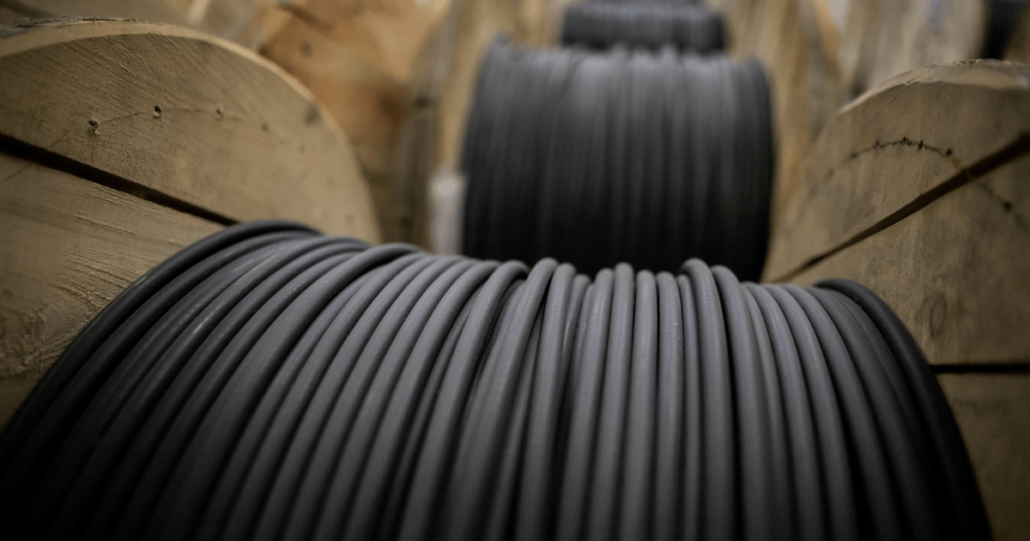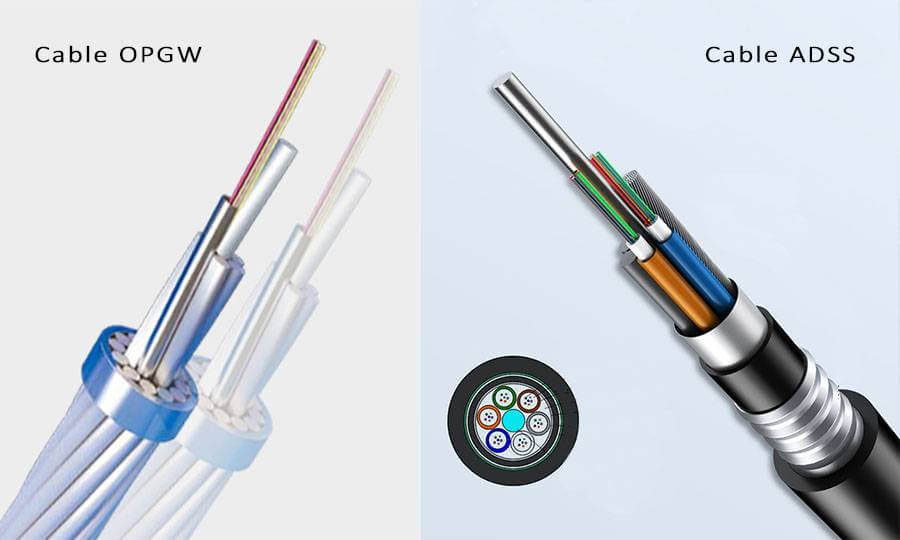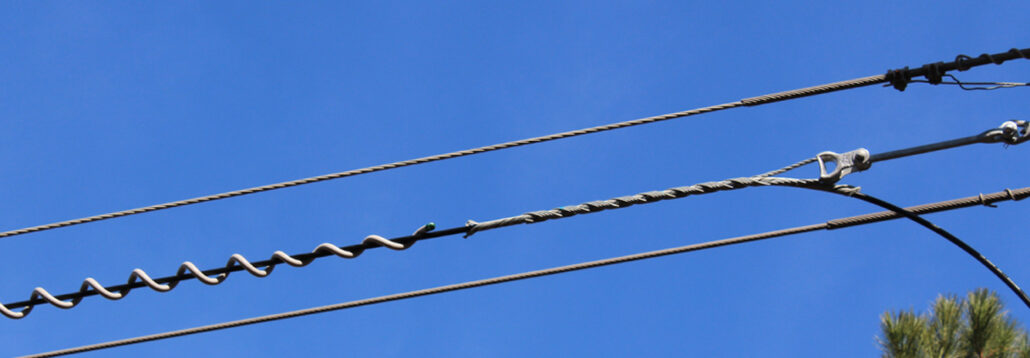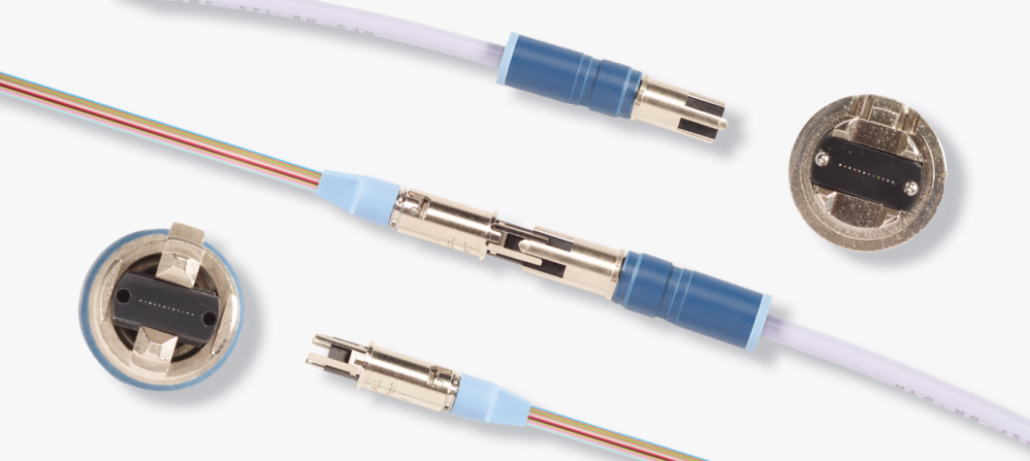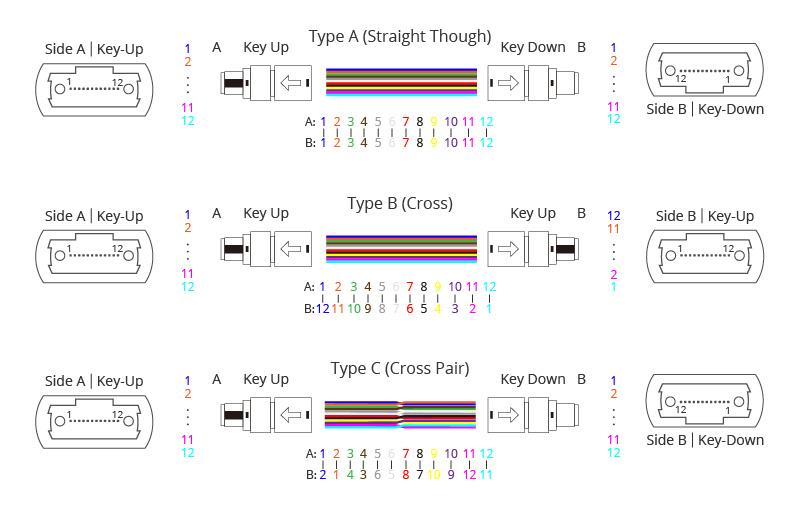What is Outdoor Fiber Optic Cable?
In wiring projects, you might have heard of both outdoor and indoor fiber optic cables. However, if you’re not familiar with the field, you might not know what an outdoor fiber optic cable is. Let’s take a closer look at what it is. 1. What is an Outdoor Fiber Optic Cable? In simple terms, outdoor […]

